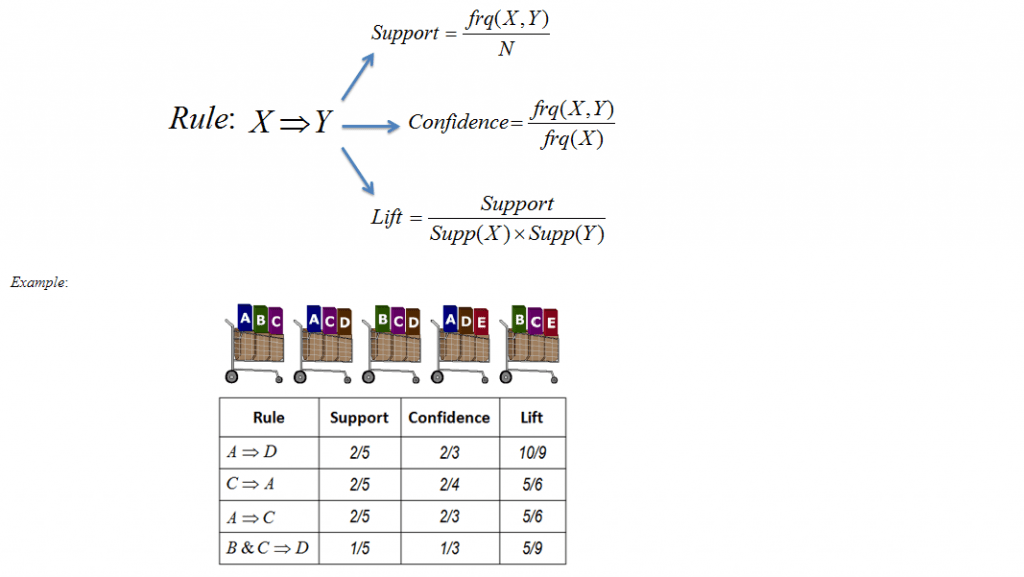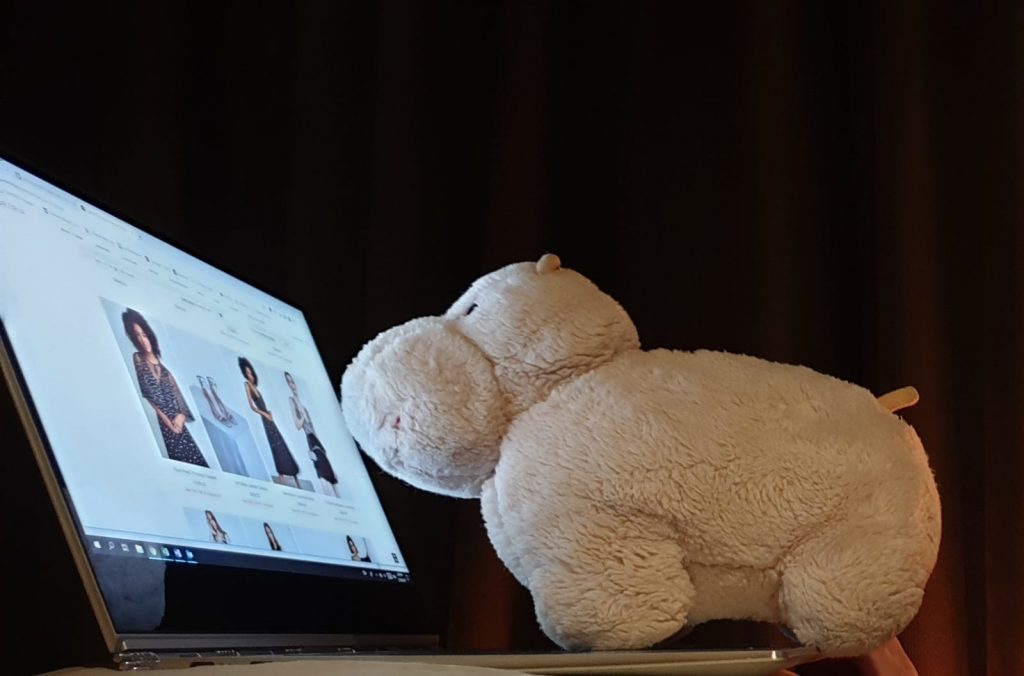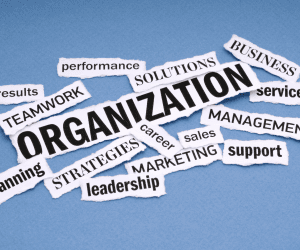
It doesn’t matter what business you are in, if you sell product A, there is generally scope to sell products B, C & D and that combination is the difference between a healthy top and bottom line versus a business that struggles to stay relevant. There are a number of ways to measure this and the data behind it gets incredibly detailed very quickly if you want to do it right.
The science behind Market Basket Analysis (MBA) gives retailers a definite edge in understanding the final part of the customer journey and if used in conjunction with a versatile shop floor and dynamic staffing at the store level, your customer can be guided to add those additional few items to their basket. In essence, MBA gives clues by using data as to what a customer might have bought if the idea had occurred to them. Our job is to make the extra purchase decision as close to ‘fait accompli’ as possible.
Increasing your basket size, however, should also be seen as part of your businesses approach to maintaining a positive customer experience. When your customer goes home with the relevant complimentary products, (chosen either consciously or subconsciously) they get the complete experience and don’t have to go searching again. How you then manage transactions depends on what sort of business you are running. For the sake of this article, the focus will be ostensibly on retail but will touch on other services businesses, and also look at the online presence.
If you’ve ever purchased from Amazon you quickly realise that a number of adjacent products are recommended, both before you finish your purchase and then post sales through future engagement on the site. MBA is in effect a data mining technique that’s part of affinity analysis that allows retailers to discover the co-occurrence between their customers purchasing habits. If a customer bought item A and B, then they are more likely to purchase item C if prompted than customers who only bought item A or B.

Yes I know, it sounds technical and let’s face it, there are self-identified nerdy folk in the background who love this stuff. I don’t want to get into the nitty gritty of formula’s other than that top level analysis. The statistics team can clearly demonstrate a number of tools that show the relationships between products. The goal for us bricks and mortar retailers is to then make sure the store layout is set up to take advantage of these purchasing habits. Our respective team’s then need to understand the adjacencies and recommend based on what works together.
If your staff are sales commission based, then that behaviour is tied to spiffs and other incentives. If the staff are more serviced focused, then the behaviour needs to be instilled in the team with a necessity to automate as much of the process as possible. Having driven teams in both environments, the number one factor that I found that helped increase basket size, was habit forming activities. Whether you incentivise your teams monetarily, or whatever recognition you can offer, when the team are reminded daily and rewarded, the behaviour slowly gets ingrained. From my experience in retail, these activities have then skewed MBA when executed properly.
By strategically buying margin rich add-on’s determined through MBA, or taken as a logical adjacency, you can significantly increase your basket size depending on the type of retail you do. If you’re a leader in a big supermarket chain or other big box retailer, the data ascertained through MBA is critical however no matter what size your business is, competent buying practices and constant feedback from your front line can help you find easy add on sales that can build up your average transaction value.
No matter what retail I’ve been in, bricks and mortar thrives when you create theater in store. Your customers experience in store will play a determining factor in how they interact with your brand. The right product in the right place can prompt them but your respective teams are the ones who make a key difference in how your customer experiences your brand. They are so often the link that forges each element of the retail equation into a successfully delivered business. A motivated staff who understands the necessity of the basket size metric will help you increase it.
For me, there is no true customer service experience without a culture that is both top down, and bottom up. Top down, in that the top management of the company needs to truly own the necessity of the customer experience and tie it in as a key metric in how they measure the business’s success. Bottom up, by making sure that the culture is there from day one, and is talked about, reinforced and inculcated daily. When the staff sees how central the experience is, they will act accordingly. And again when your staff is motivated and understand the necessity of the basket size metric and are given the tools to increase it, they will. Make it a habit and watch the results.

Translating this into the online component of your business requires a slight adjustment. Looking at the volume of sales abandoned at the shopping cart stage in the online world offers an immense opportunity for companies who can tweak improvements in conversion. Recommendations of what goes with what are critical but if your delivery isn’t free, tying in easy add on sales that negate the delivery charge have been shown have a marked improvement is customers progressing into the payment page and thus completing a successful transaction.
I love retail, the theater, the constantly evolving dynamic and the interacting with customers. Getting onto a register actually helps motivate me and refreshes my approach. One of the key successes I have had across three retail brands and witnessed in countless others, is creating opportunities for retail teams to be engaged in the success of the business through habit forming pushes around increasing basket size through simple suggestions close to the conclusion of a transaction. Even though said simple suggestions can come on the back of in-depth understanding through Market Basket Analysis or an innate grasp of your business.



